Distance of Wood Framing from XPS
the-tech-guy
12 years ago
Related Stories
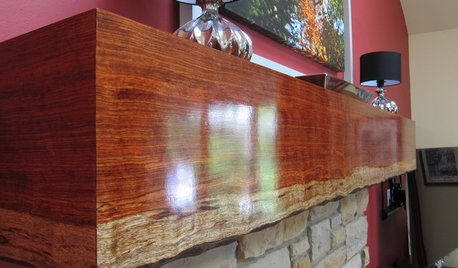
DECORATING GUIDESMantel Makeover: From Builder's Grade to Live-Edge Wood
See how an all-wrong mantel became a gorgeous fireplace focal point at the hands of an interior designer and her carpenter
Full Story
HOUZZ TOURSHouzz Tour: From Overgrown Weeds to Picturesque Farmhouse Expanse
This once-neglected 100-acre South Carolina site now features a lake, a wood-filled farmhouse and a far-reaching view
Full Story
SELLING YOUR HOUSEA Moving Diary: Lessons From Selling My Home
After 79 days of home cleaning, staging and — at last — selling, a mom comes away with a top must-do for her next abode
Full Story
DECORATING GUIDES10 Design Tips Learned From the Worst Advice Ever
If these Houzzers’ tales don’t bolster the courage of your design convictions, nothing will
Full Story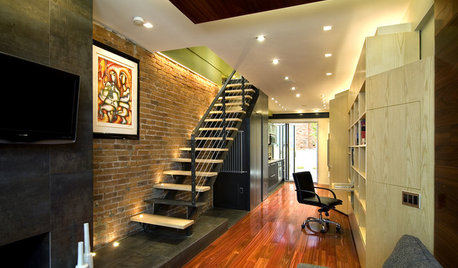
HOUZZ TOURSDesign Lessons From a 10-Foot-Wide Row House
How to make a very narrow home open, bright and comfortable? Go vertical, focus on storage, work your materials and embrace modern design
Full Story
KITCHEN DESIGN16 Practical Ideas to Borrow From Professional Kitchens
Restaurant kitchens are designed to function efficiently and safely. Why not adopt some of their tricks in your own home?
Full Story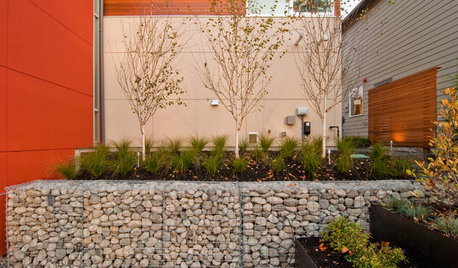
LANDSCAPE DESIGNGarden Walls: Gabion Evolves From Functional to Fabulous
The permeable rock-, concrete- or glass-filled steel cages are showing up as retaining walls, planters, benches and more
Full Story
MOST POPULAR15 Remodeling ‘Uh-Oh’ Moments to Learn From
The road to successful design is paved with disaster stories. What’s yours?
Full Story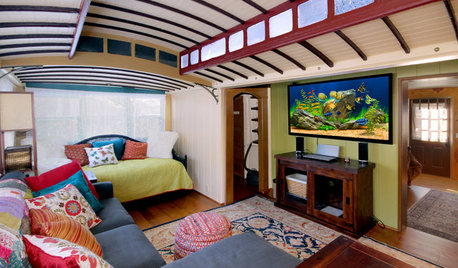
HOUZZ TVHouzz TV: See a Funky Beach Home Made From Old Streetcars
A bold color palette zaps life into a Santa Cruz, California, home built out of two streetcars from the early 1920s
Full Story
COASTAL STYLEOutfit a Beach House From Deck to Drawer Knobs
Make your livin' easy with these hand-picked products, paint colors and materials for a coastal-style getaway
Full Story





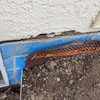
worthy
cowbell23
Related Professionals
Canandaigua General Contractors · Janesville General Contractors · Kentwood General Contractors · River Edge General Contractors · Rolla General Contractors · Saginaw General Contractors · Wallington General Contractors · Wolf Trap General Contractors · Arlington Heights Flooring Contractors · Emmaus Flooring Contractors · Ft Washington Flooring Contractors · Highlands Ranch Flooring Contractors · Lansdale Flooring Contractors · Saint Louis Park Flooring Contractors · Wilmington Flooring Contractorscabinetsbyalan
worthy
brickeyee
brickeyee